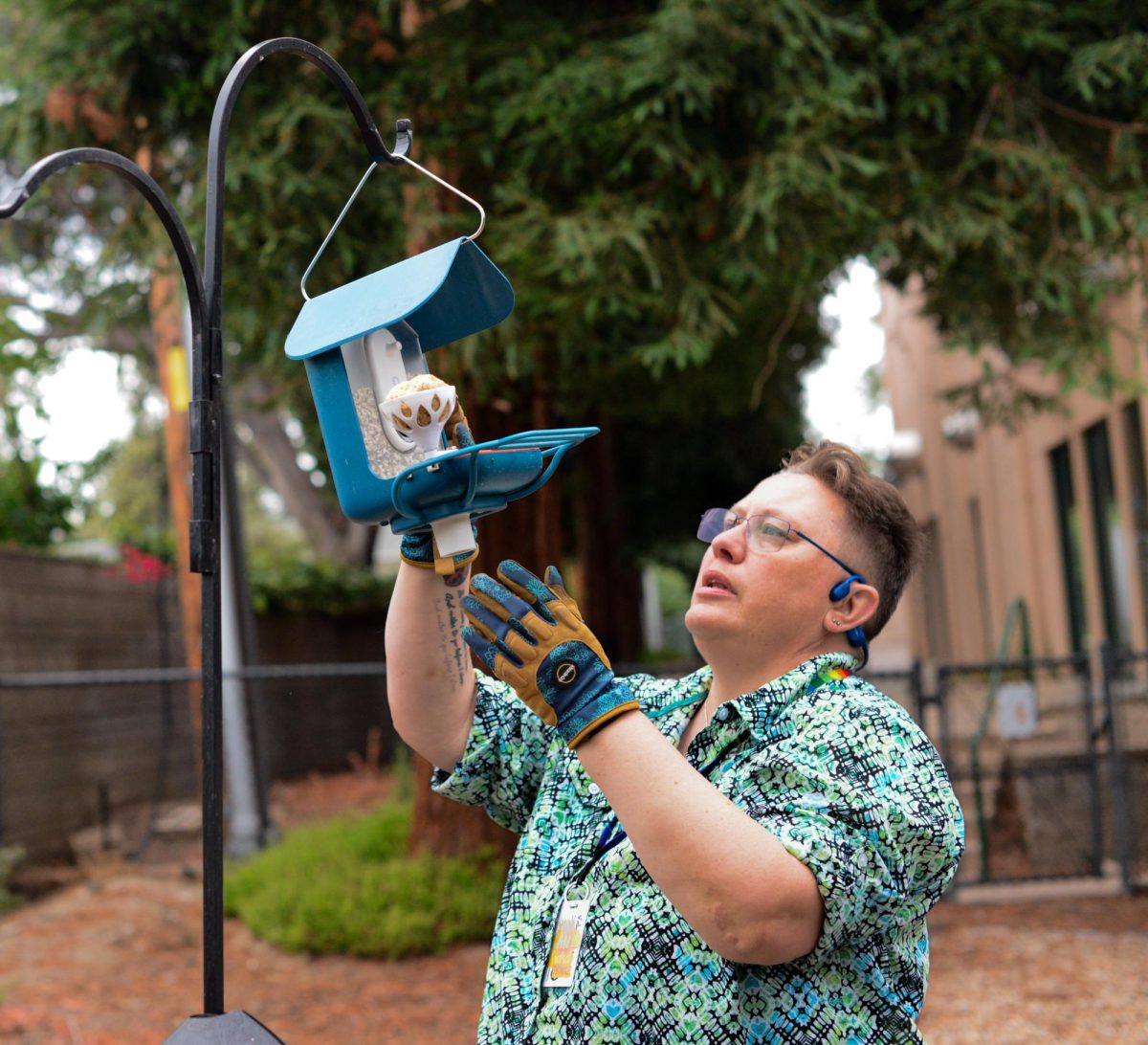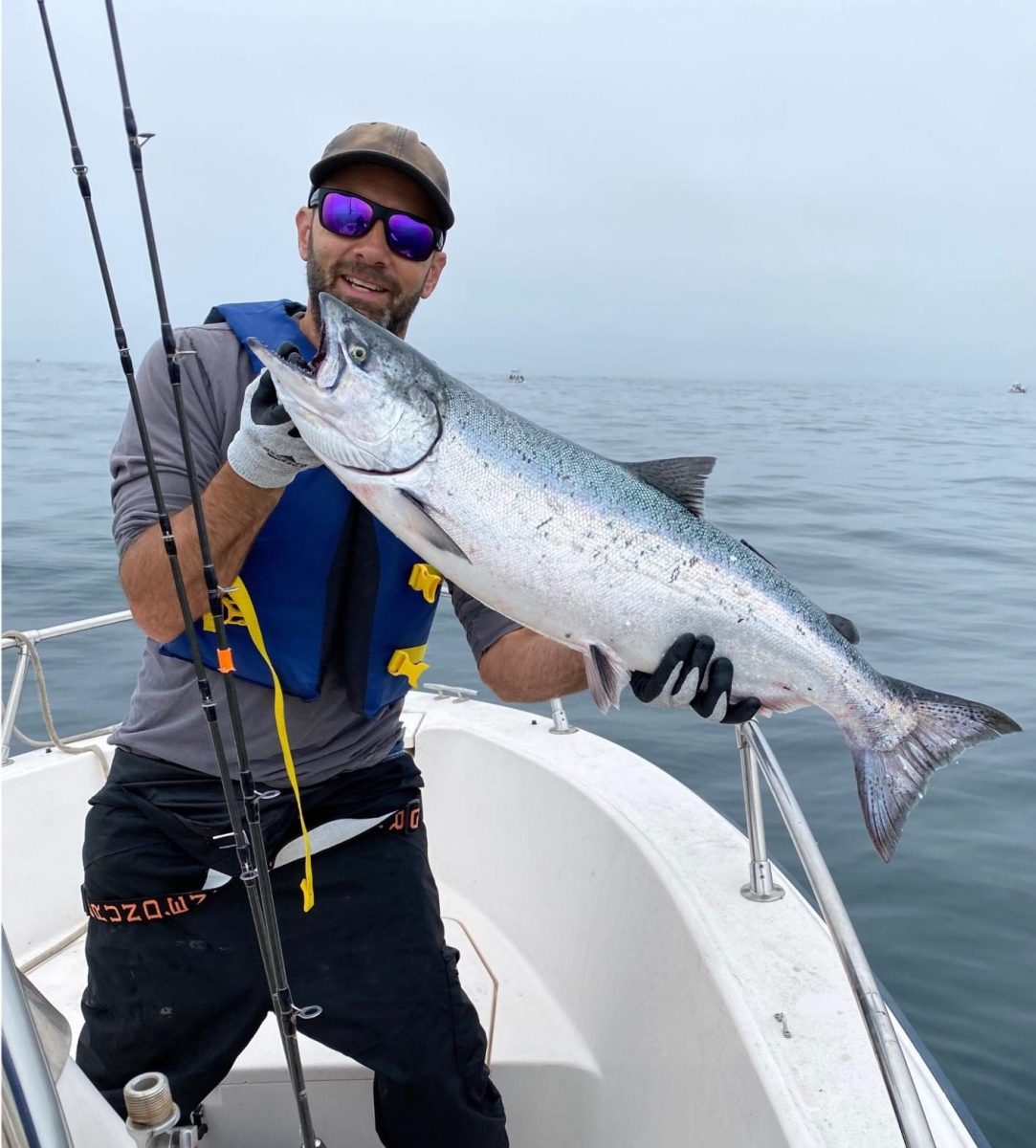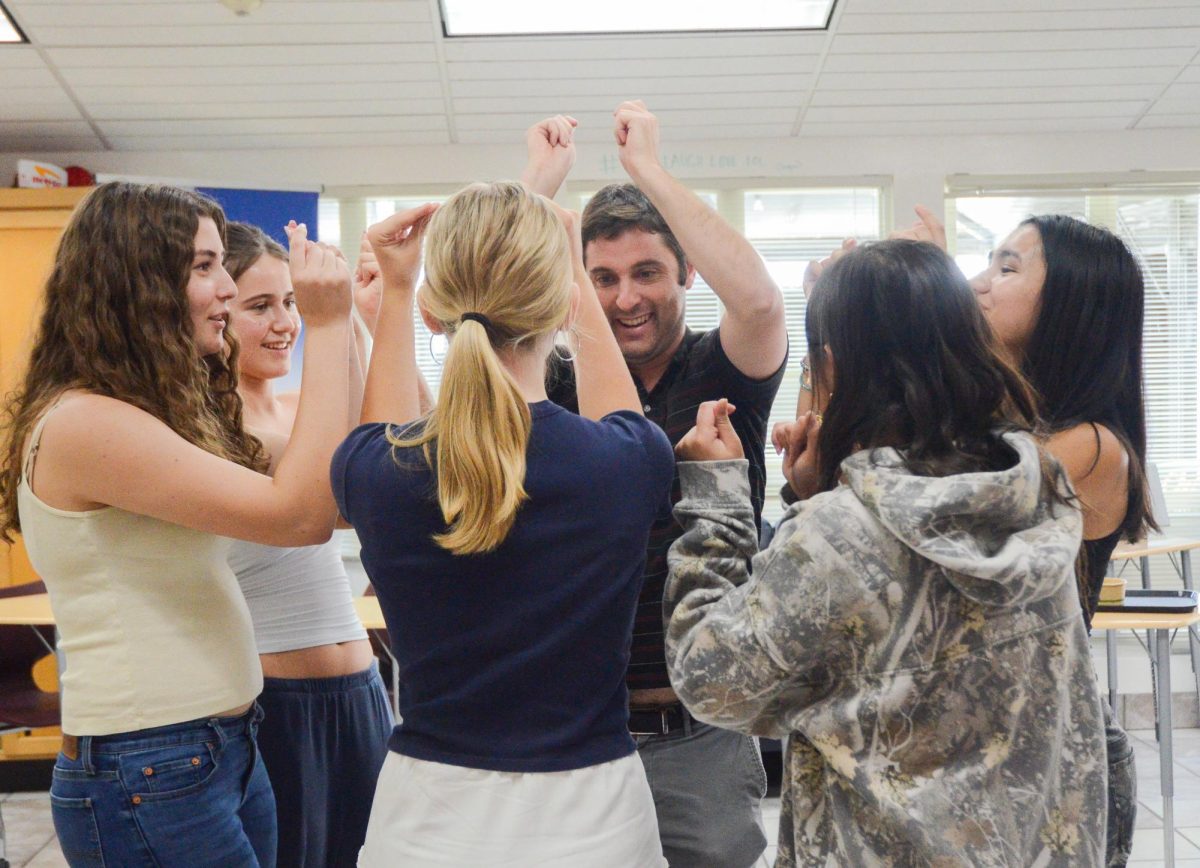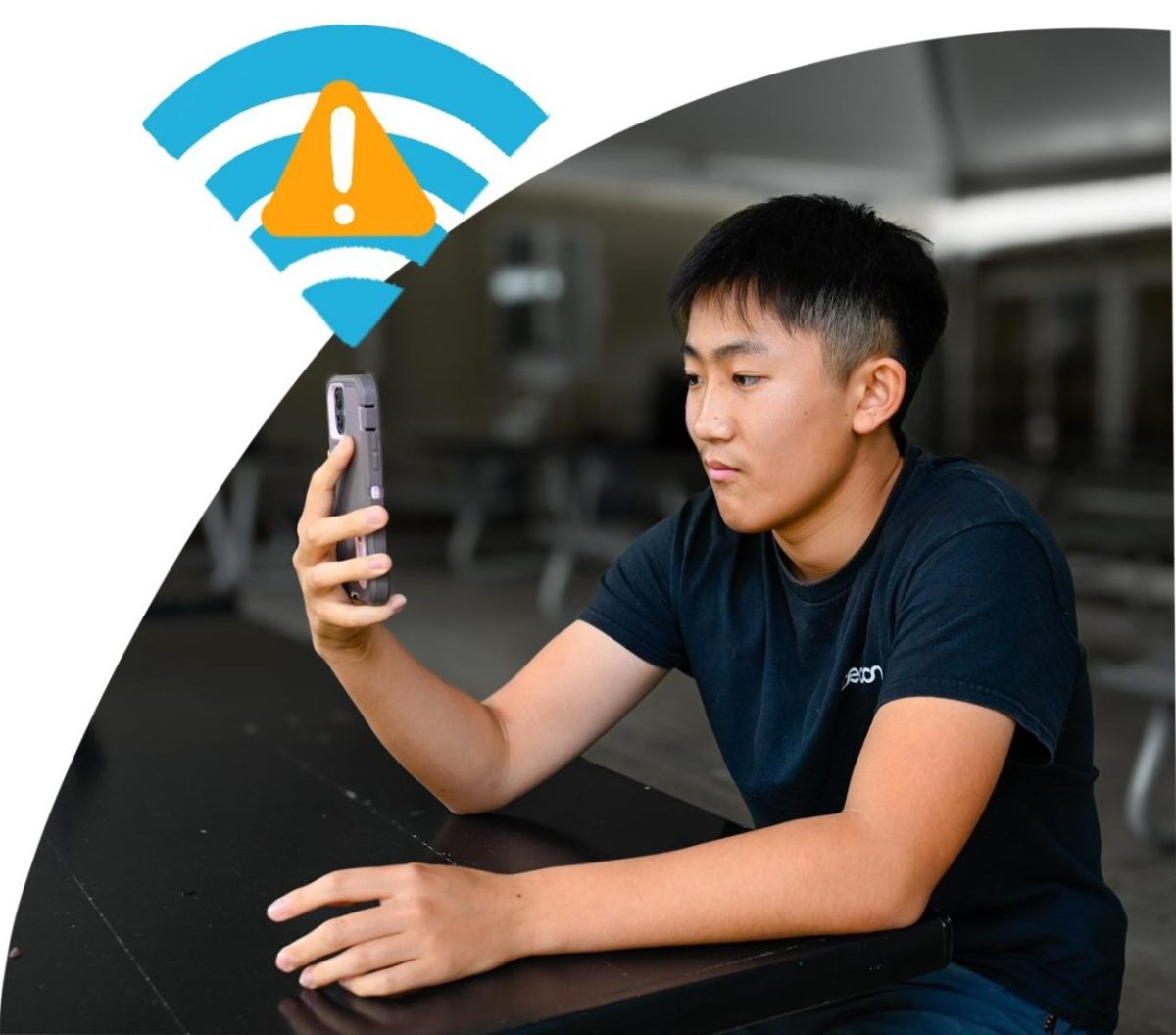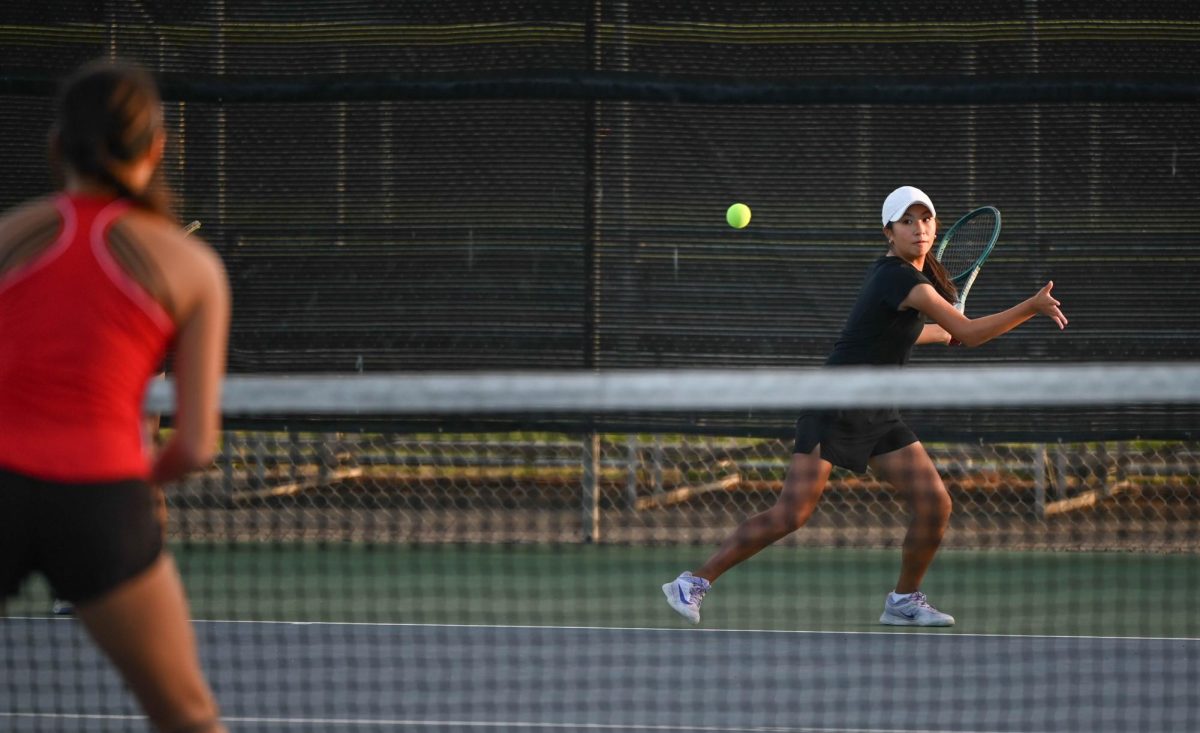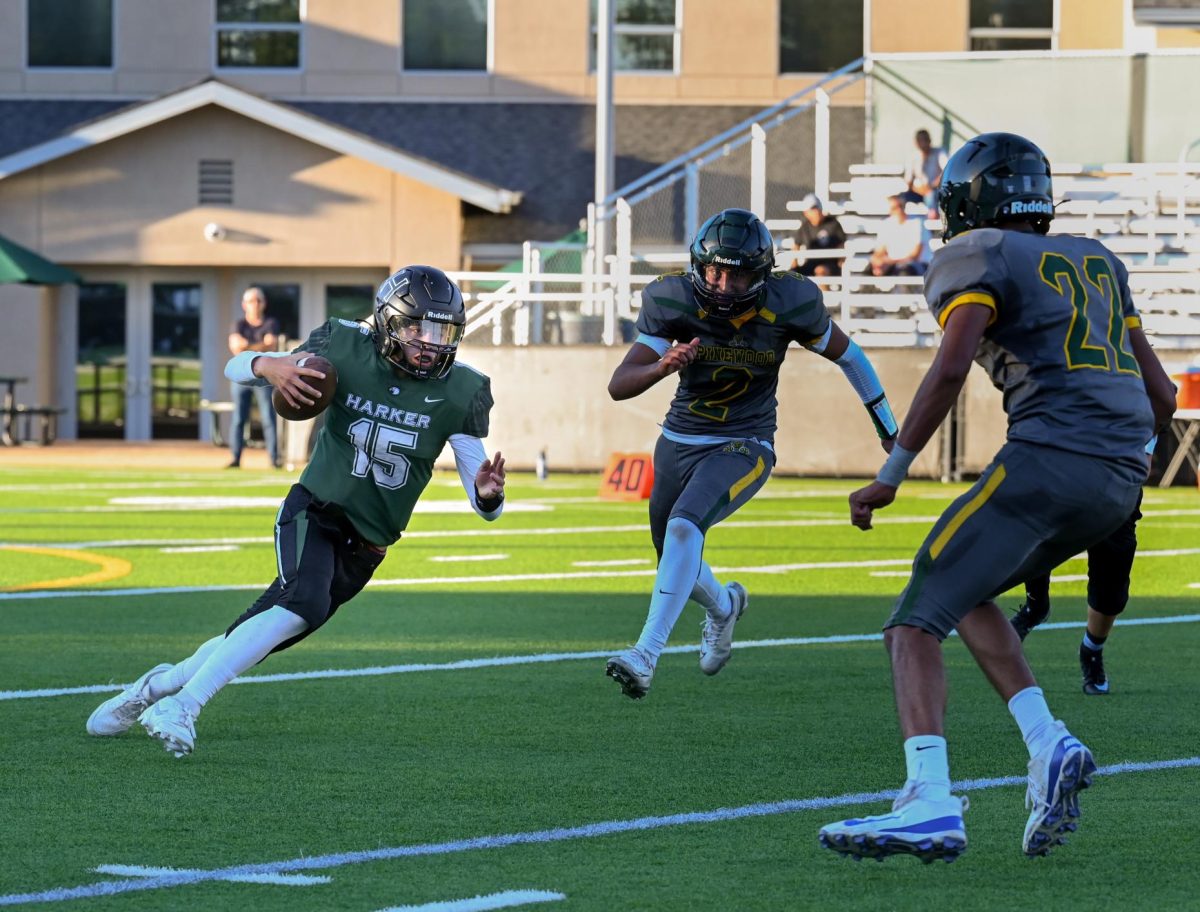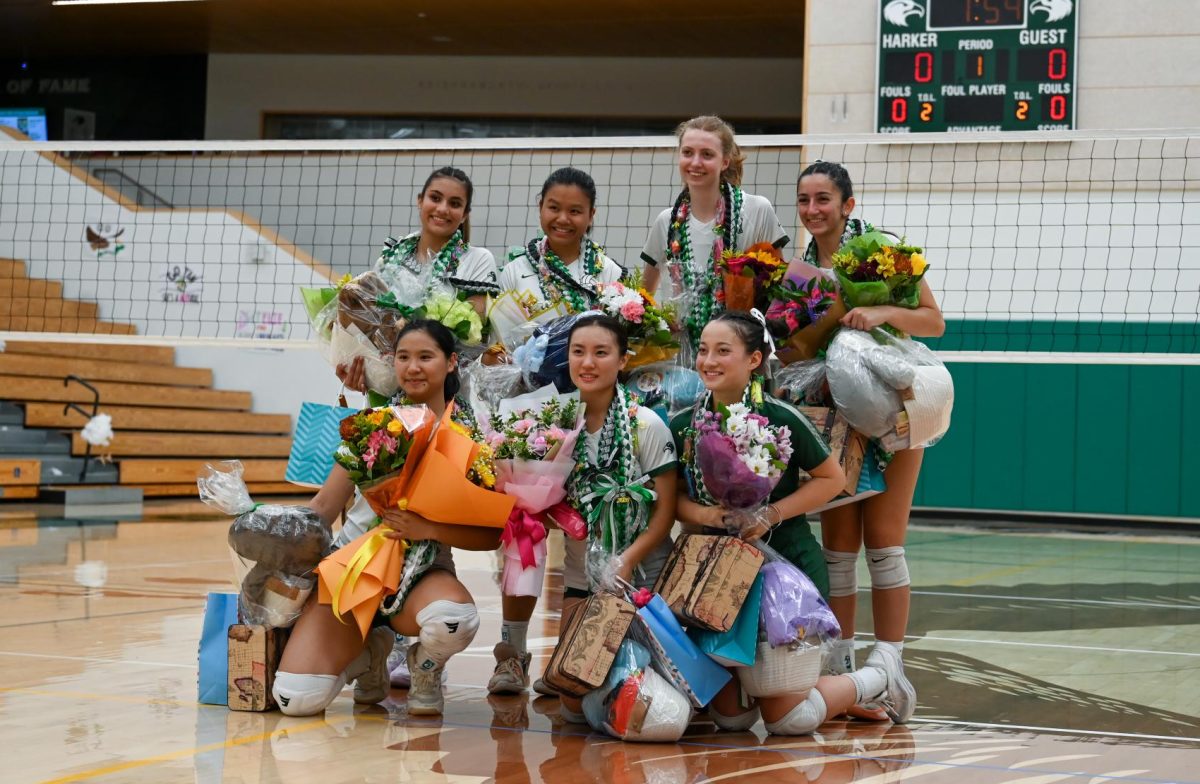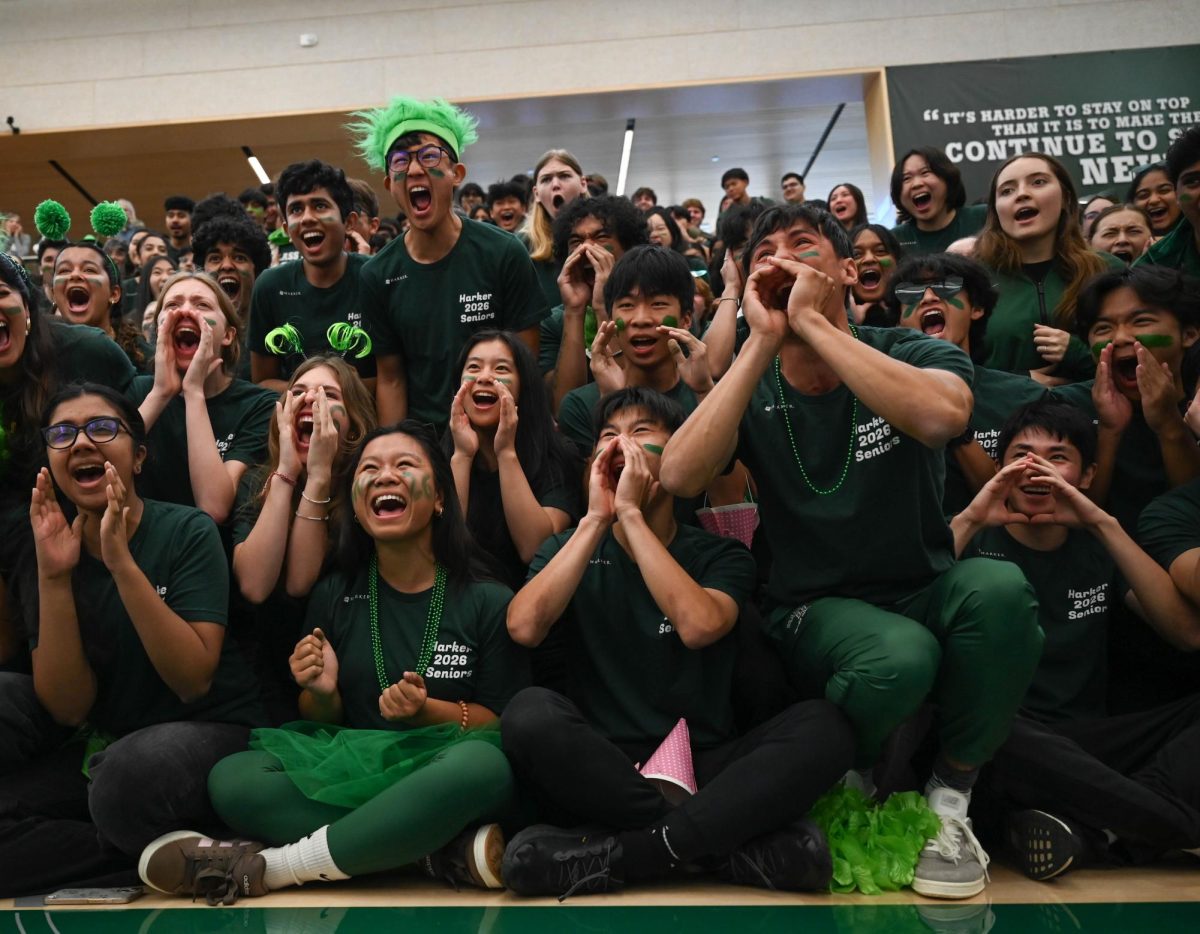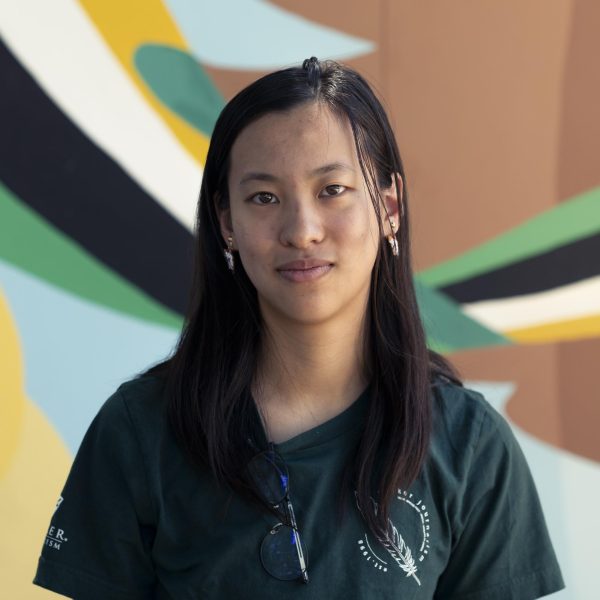Imagine departing from the routine of rolling out of bed and trudging through the school day. Step into the realm of homeschooling, where a classroom can be on sandy shores or a hiking trail.
Homeschooling’s national prevalence has surged in recent years. Since the start of the pandemic, homeschooling has been on the rise with an estimated 30% increase in enrollment between the 2019-20 and 2021-22 school years. According to the Washington Post, it is now the fastest-growing form of education in the U.S.
Many families turn to homeschooling in response to the lack of specialized attention from teachers in the public school system. Because of the high volume of students that public school teachers are bombarded with, it is difficult to create tailored education programs based on ability. Nicholas, who chose to be identified by his first name for privacy reasons, is a father of three homeschooled children.
“Many students, especially when they get to high school, are inundated with the daily routine and extracurriculars,” Nicholas said. “The freedom and flexibility to explore your passions and interests become limited through that process. In the hypercompetitive world of college admissions, you’re trying to check all these boxes to impress the college admissions committee. And at some point, many students lose their way.”
With homeschooling, families can construct a curriculum that tailors to the individual needs of each child. By adopting this personalized system, students can explore subjects of personal interest.
This freedom opens doors to world travel and hands-on learning experiences. Senior Trisha Iyer, who was homeschooled by her mother in third and fourth grade, reminisces about the experiential learning system.
“The state allocates funds to homeschooled families, so I was able to get a simple microscope in fourth grade,” Trisha said. “I would go out into this park and collect stuff to look at with wet slides. I was really into biology at that time, so that was a way for me to extend my interest in a way that was self-directed and self-guided, more so than you could get at a school lab.”
To make sure that homeschooled students meet developmental milestones, many states, including California, conduct quarterly checks and monitor the basic curriculum. For Trisha, the meetings with her designated check-in conductor served as a way to demonstrate her work.
“One of the things that I’m grateful my mom did for me was she would make me choose what worksheets to present to the person who had to meet with me,” Trisha said. “I would just talk through very genuinely about what I cared about and what I was learning, as well as my main takeaways. Those were great skills that I think I’ve carried forward.”
The check-ins also helped Trisha refine her communication skills and articulate her progress in a more effective way than traditional assessment methods allowed.
Misconceptions about homeschooling proliferated by the media can be misleading. Ismail Akeel, who has been homeschooled since sixth grade, said there are a lot of false assumptions associated with the lifestyle.
“I think traditional schooling and homeschooling are parallel,” Ismail said. “People think homeschooling is a completely different thing where your parent teaches you everything. In reality, it’s quite similar to what a regular school would be except that you can focus on things you are interested in.”
Some parents gravitate toward this learning strategy because it allows them to control their children’s education. While some critics say this could hinder the next generation’s ability to navigate society as open-minded global citizens, Trisha said her homeschooling offered a balance between individual exploration and social awareness.
“It’s somewhat unintuitive because you would think homeschooling makes you more sheltered,” Trisha said. “But I think for me, it encouraged me to reflect a lot more about the world and, everything was a learning opportunity because there wasn’t a defined set place to do it. I could go out and the pond water could be as much of a learning opportunity as a museum or a worksheet.”


















![“[Building nerf blasters] became this outlet of creativity for me that hasn't been matched by anything else. The process [of] making a build complete to your desire is such a painstakingly difficult process, but I've had to learn from [the skills needed from] soldering to proper painting. There's so many different options for everything, if you think about it, it exists. The best part is [that] if it doesn't exist, you can build it yourself," Ishaan Parate said.](https://harkeraquila.com/wp-content/uploads/2022/08/DSC_8149-900x604.jpg)




![“When I came into high school, I was ready to be a follower. But DECA was a game changer for me. It helped me overcome my fear of public speaking, and it's played such a major role in who I've become today. To be able to successfully lead a chapter of 150 students, an officer team and be one of the upperclassmen I once really admired is something I'm [really] proud of,” Anvitha Tummala ('21) said.](https://harkeraquila.com/wp-content/uploads/2021/07/Screen-Shot-2021-07-25-at-9.50.05-AM-900x594.png)







![“I think getting up in the morning and having a sense of purpose [is exciting]. I think without a certain amount of drive, life is kind of obsolete and mundane, and I think having that every single day is what makes each day unique and kind of makes life exciting,” Neymika Jain (12) said.](https://harkeraquila.com/wp-content/uploads/2017/06/Screen-Shot-2017-06-03-at-4.54.16-PM.png)








![“My slogan is ‘slow feet, don’t eat, and I’m hungry.’ You need to run fast to get where you are–you aren't going to get those championships if you aren't fast,” Angel Cervantes (12) said. “I want to do well in school on my tests and in track and win championships for my team. I live by that, [and] I can do that anywhere: in the classroom or on the field.”](https://harkeraquila.com/wp-content/uploads/2018/06/DSC5146-900x601.jpg)
![“[Volleyball has] taught me how to fall correctly, and another thing it taught is that you don’t have to be the best at something to be good at it. If you just hit the ball in a smart way, then it still scores points and you’re good at it. You could be a background player and still make a much bigger impact on the team than you would think,” Anya Gert (’20) said.](https://harkeraquila.com/wp-content/uploads/2020/06/AnnaGert_JinTuan_HoHPhotoEdited-600x900.jpeg)

![“I'm not nearly there yet, but [my confidence has] definitely been getting better since I was pretty shy and timid coming into Harker my freshman year. I know that there's a lot of people that are really confident in what they do, and I really admire them. Everyone's so driven and that has really pushed me to kind of try to find my own place in high school and be more confident,” Alyssa Huang (’20) said.](https://harkeraquila.com/wp-content/uploads/2020/06/AlyssaHuang_EmilyChen_HoHPhoto-900x749.jpeg)





